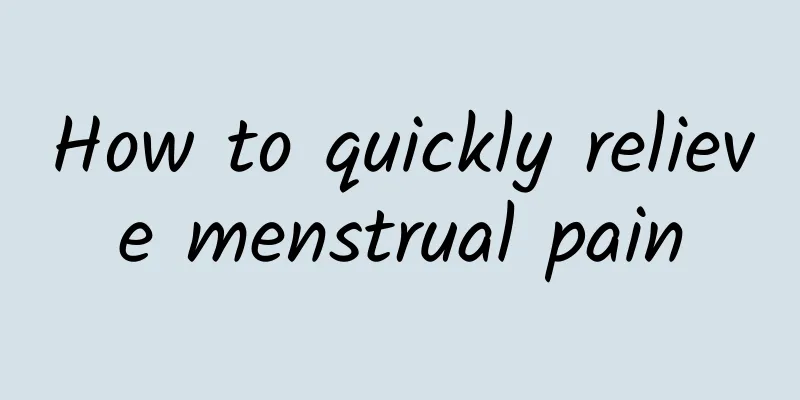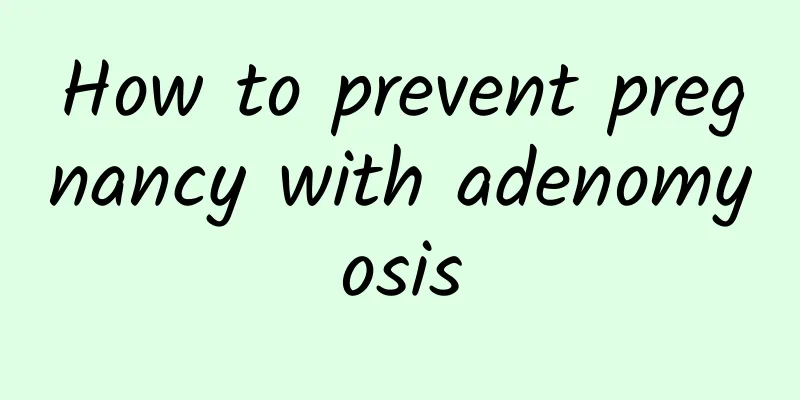What are the dangers of uterine fibroids

|
What are the hazards of uterine fibroids? Uterine fibroids are not uncommon among female friends. According to experts, the occurrence of uterine fibroids is related to endocrine disorders caused by long-term excessive estrogen levels. So what are the hazards of uterine fibroids? Let our experts introduce them to you in detail. The harm of uterine fibroids 1. Infection and suppuration. Uterine fibroids can cause pelvic congestion and infection. The infection is mostly caused by the torsion of the tumor pedicle, while blood-borne infection is extremely rare. After infection, a few patients will form abscesses in the tumor tissue, while the rest will show suppuration. The harm of uterine fibroids 2. Adhesion or inflammation. After the pedicle of subserosal uterine fibroids is twisted, intestinal adhesion will occur, which will be infected by intestinal bacteria. The inflamed fibroids will adhere to the uterine appendages, causing suppurative inflammation. On the other hand, fibroids will also cause pathogenic bacteria to invade other uterine organs due to bleeding, causing gynecological inflammation such as adnexitis and pelvic inflammatory disease. Harm of uterine fibroids 3. Free fibroids. Subserous uterine fibroids can twist at the pedicle, causing acute abdominal pain. In severe cases, if surgery is not performed immediately, the pedicle may be broken and a free fibroid may form. Of course, the twisted fibroids can also drive the entire uterus, causing axial torsion of the uterus (mostly near the internal opening of the cervical canal). The harm of uterine fibroids 4. Secondary anemia. Uterine fibroids can cause excessive menstrual bleeding. Over time, it can cause secondary anemia and even anemic heart disease. In severe cases, patients may experience general fatigue, pale complexion, palpitations, shortness of breath and other adverse symptoms. Harm of uterine fibroids 5. Infertility or miscarriage. Uterine fibroids patients have fibroid tissue in the uterine corners compressing the entrance of the fallopian tube, causing the uterus to deform and hinder the implantation of the fertilized egg, ultimately leading to infertility. In addition, according to statistics, the spontaneous abortion rate of fibroid patients is also higher than that of ordinary people, with a ratio of 4:1. The harm of uterine fibroids 6. Malignant changes. Uterine fibroids are benign tumors, but a small number of women still cannot escape the risk of malignant changes (the malignant change rate is about 1%), which is particularly prominent in older women. Therefore, those with rapidly growing fibroids or postmenopausal fibroids should be vigilant. Through the above introduction, I believe you have already understood the harm of uterine fibroids. I hope that patients with uterine fibroids should receive timely treatment once diagnosed, so as to achieve better results and avoid these harms. If you have other questions related to uterine fibroids, please consult our online experts, who will give you detailed answers. Feihua Health Network wishes you good health! Uterine fibroids http://www..com.cn/fuke/zgjl/ |
<<: What are the basic types of uterine fibroids?
>>: What are the hazards of irregular menstruation at different ages?
Recommend
Can I just buy some fruit and put it in the refrigerator? (middle)
However, she reminded that fruits that are not ye...
How to check ovarian cysts
How to check ovarian cysts? Ovarian cysts are a c...
What to do if Bartholinitis often occurs
Bartholinitis is an uncommon gynecological diseas...
Highly recommended female Korean star! Grape detoxification, lose 1.5 kg
Grapes look like purple gems and are believed to ...
What is endometrial tuberculosis?
What is the cause of endometrial tuberculosis? Wh...
Tips: Treatment measures for primary dysmenorrhea
With the acceleration of the pace of modern life,...
What fruits are suitable for uterine fibroids? The number one fruit for fighting uterine fibroids
What fruits are suitable for uterine fibroids? Ut...
What kind of testing is needed for cervical erosion?
What kind of testing is needed for cervical erosi...
How to reduce swelling and relieve pain of Bartholin's gland cyst during pregnancy
During pregnancy, the swelling and pain relief of...
I couldn't help having sex 6 days after the abortion.
It is generally recommended to wait at least one ...
Tips for preventing dysmenorrhea in daily life
In daily life, dysmenorrhea is a preventable gyne...
Why fasting during painless abortion
Why do you need to fast for painless abortion? Pa...
How to treat cervical precancerous lesions so that they do not recur
Benign or malignant tumors of the uterus and cerv...
What should I pay attention to in my diet if I have cervical warts?
Everyone must know the harmfulness of cervical wa...
Ovarian cysts are harmful to women's health
Today's society is not only developing at a f...









